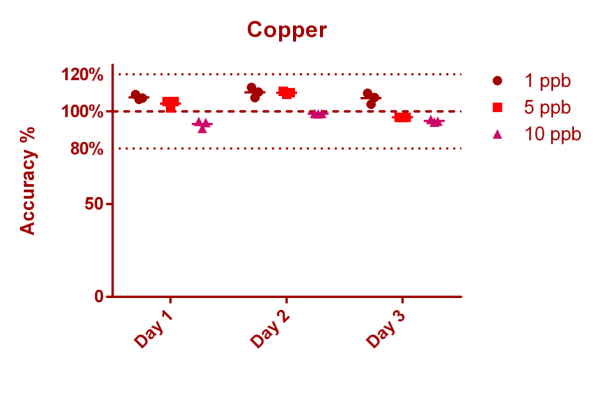If we are showing photos that don't mean anything here, I have one...
This is a COLONY that I am watching for a local guy who is upgrading tanks. This COLONY was MOVED a few weeks ago. MOVED tanks. He cut it off the rock that it was on, so it lost all of it's base. Any of you worth your salt knows how VERY hard that it is to move a colony and not only have it survive, but thrive. The move broke off most of the tips, which happens. In the few weeks since, the tips have all healed an put on new growth to where you cannot even tell. This colony is in a fuge since I don't have room in a display for this large of piece, so not even the most ideal environment that I can have for it... but it is doing great, I think.
This is in my home. It is not some frag of easy-to-keep corals like montis or A. Austera. This is also not photos of somebody else's tank. However, this photo and my methods are as useless as the others on here, so I guess that I don't know why I even posted this? I guess that I have to wonder if an inch of new growth on a colony after a move could have been three inches if I only knew what my Cadmium or Selenium levels were.
This colony getting moved and thriving/growing in a few weeks is a big-boy-pants reefing event, I think. I guess that I am just lucky...

C’mon now. If you knew your Rubidium was 0.5ppb instead of 0.4ppb, this thing would have tripled in size already










![Copper CRM [Cu 0,87 ppb CRM].png Copper CRM [Cu 0,87 ppb CRM].png](https://www.reef2reef.com/data/attachments/3286/3286343-3dd589e2c92b5e422289d89a9d9f5185.jpg)










